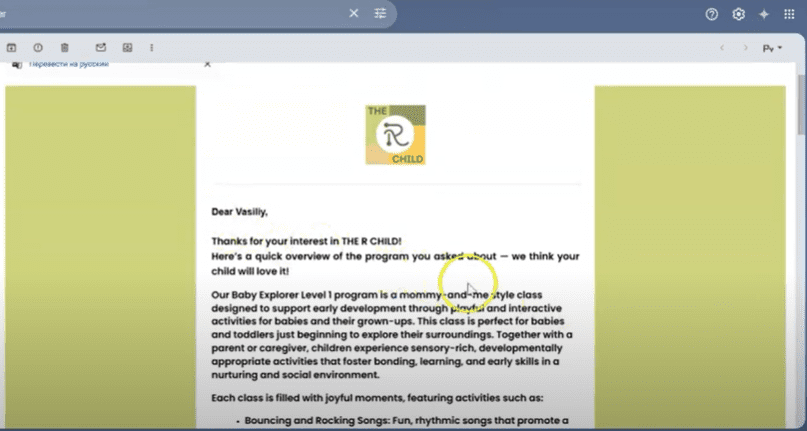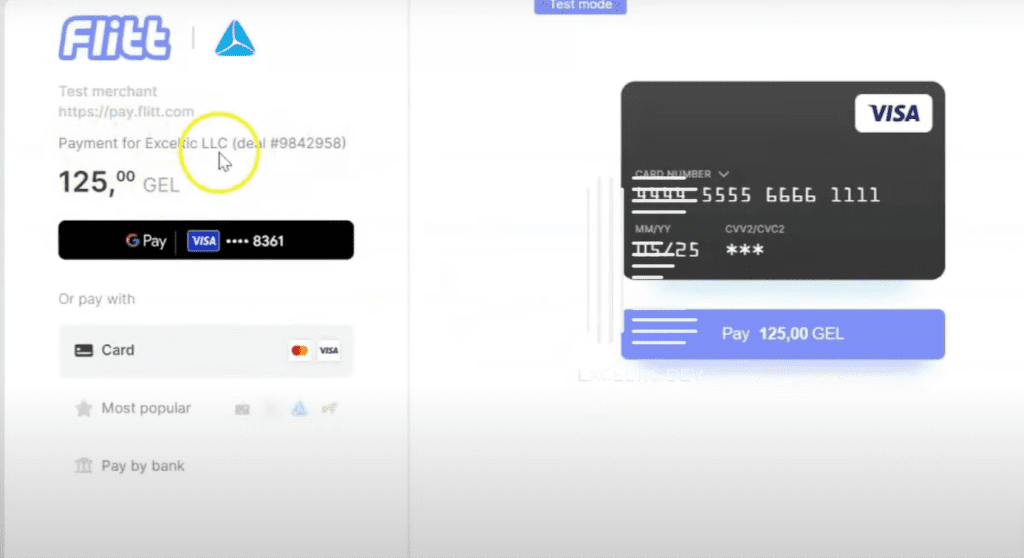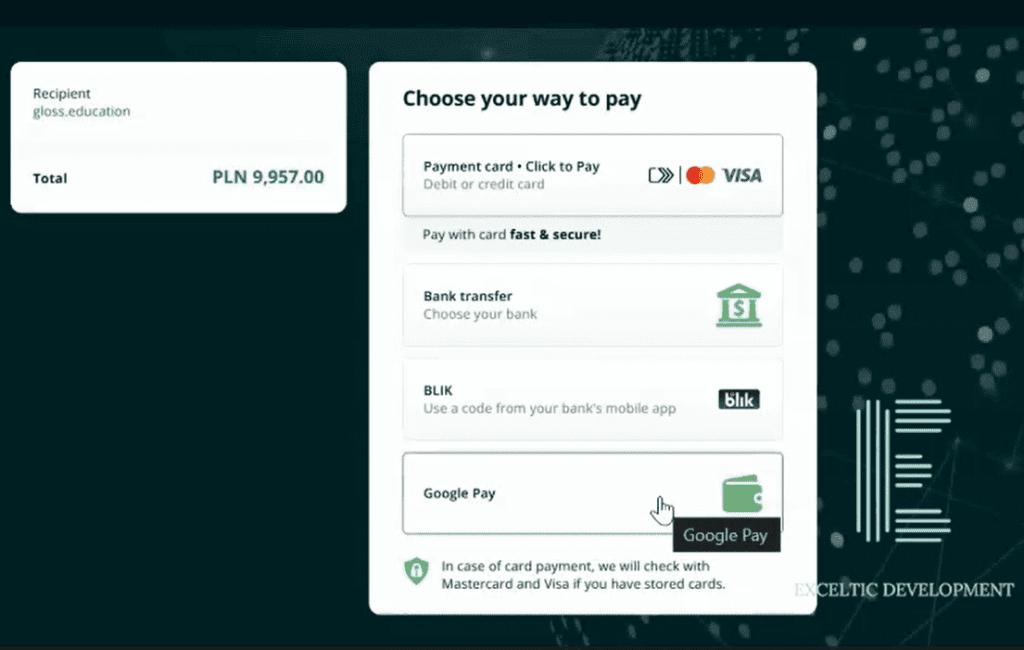Frequently Asked Questions Templates
Creating templates for WhatsApp is a great way to streamline your customer communications and make them more efficient. Especially if you use Kommo CRM, which offers a variety of tools to automate and simplify interactions. One of the most useful aspects of using templates is the ability to quickly answer frequently asked questions. This not only saves time, but also helps maintain a high level of customer service.
Imagine a situation where you receive the same message from different customers. Instead of writing a new response each time, you can simply use a pre-written template. Not only does this speed up the process, but it also ensures that all information is conveyed accurately and consistently. For example, if you have a frequently asked question about your business’s opening hours, you can create a template that contains this information. This way, you can quickly respond to inquiries without wasting time formulating each response anew.
Using templates also allows you to maintain a consistent communication style. This is especially important for businesses where image and reputation are key. When all your responses look professional and consistent, it builds trust with your customers. They will be confident that they are communicating with a reliable company that cares about its customers. And, of course, it also helps avoid misunderstandings that may arise due to unclear or incomplete responses.
However, creating effective templates is not just a matter of copying and pasting text. It is important to consider that every client is unique and sometimes a little personalization is needed. For example, you can start your response with the client’s name or add a small note to show that you really care about their question. This small effort can greatly improve the client’s experience with you.
When you are developing templates, it is also worth thinking about the questions your customers ask most often. This could be related to products, services, prices, or even the ordering process. Do some research and gather information about the most common queries. This will help you create truly useful templates that will answer the real needs of your customers.
Don’t forget that templates can and should be updated. Over time, your products or services may change, and it’s important that the information in your templates remains current. Review your templates regularly and make any necessary changes to ensure that they always remain relevant to the current situation.
Personalize templates to increase engagement
Personalizing templates is key to increasing engagement because when your messages sound personal, they generate more interest and trust. Let's figure out how to do this.
First, it’s important to understand that templates aren’t just standard messages that you send to everyone. They should be tailored to specific situations and the needs of your customers. For example, if you’re sending a message to a new customer, you might start with a greeting and a brief introduction to your company. This will create a warm atmosphere and help establish rapport. With Kommo CRM, you can easily add variables, such as the customer’s name or recent purchases, to make your message more personal.
It's also worth paying attention to the tone of your messages. A friendly, casual style of communication helps create closer relationships with customers. For example, instead of simply announcing a new promotion, you can say, "Hi, [Name], we have great news for you - we're launching a promotion that you'll definitely be interested in!" This approach not only attracts attention, but also shows that you care about your customers.
The next step in creating effective templates is to use context. If you know that the customer is interested in a certain product or service, don’t hesitate to mention it in your message. For example: “We noticed that you were interested in our new collections. We have something special for you!” This not only demonstrates that you are attentive, but also encourages the customer to take action.
It’s also worth remembering that visual elements can significantly increase engagement. Use emojis to make your messages more vivid and attractive. For example, instead of simply saying “We have a new collection,” you can write “🎉 We have a new collection! 🎉.” This adds emotion and makes the communication more lively.
Don’t forget that templates should be flexible. Sometimes the situation requires a quick response, and you will need to adapt the message on the fly. Kommo CRM allows you to easily edit templates, which gives you the ability to quickly make changes and send relevant messages. This is especially important in a rapidly changing market, where customers value promptness and relevance of information.
Finally, don’t forget to test your templates. Try different approaches and see which ones get the most response. Analyze the results and make changes based on the data. This will help you continually improve your templates and increase customer engagement.
In the end, creating personalized templates for WhatsApp with Kommo CRM is not only a way to improve communication with customers, but also an opportunity to build long-term relationships. Remember that every customer is unique, and your attention to detail can make communication more effective and enjoyable. Start using these tips today and watch your engagement increase!
Automate responses with Kommo CRM
Automating responses with Kommo CRM allows you to focus on more important tasks. Instead of wasting time on routine responses, you can focus on strategic business development or improving customer service. This will not only increase your productivity, but also help you better understand your customers’ needs.
In Kommo, you can set up automatic sending of message templates based on a trigger (for example, when a deal is created or moved to the next stage). Automating responses allows you to not only save time, but also improve the quality of communication with customers. So, if you haven’t started using this feature yet, now is the time to take a step towards more efficient and professional communication. Your customers will appreciate it, and you will be able to focus on what really matters to your business.




